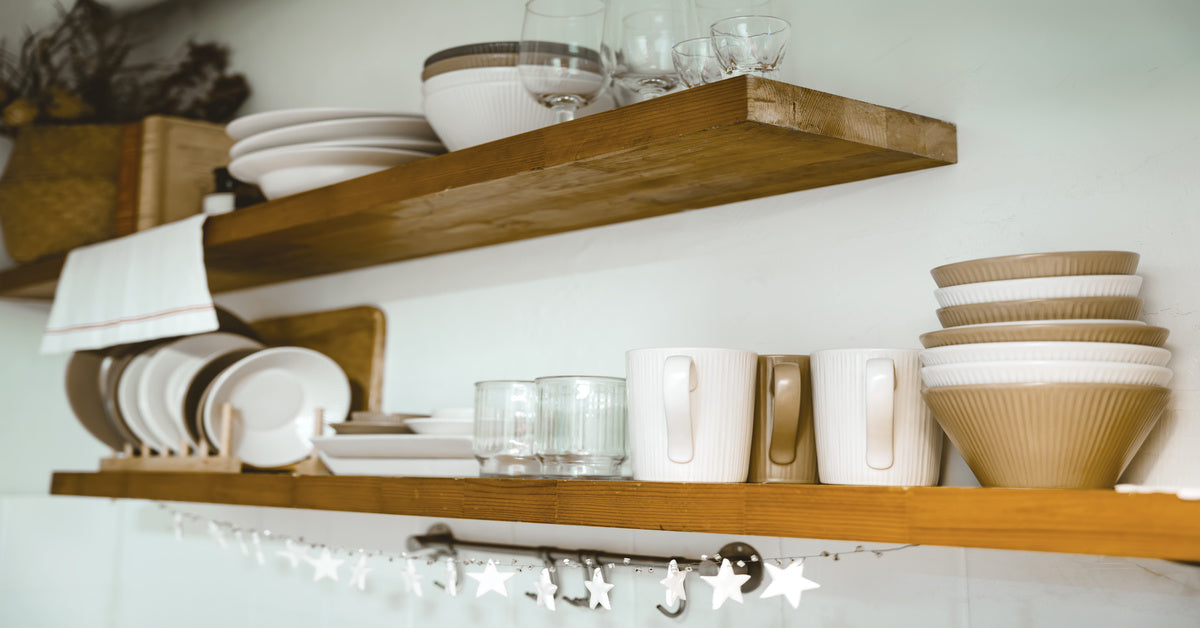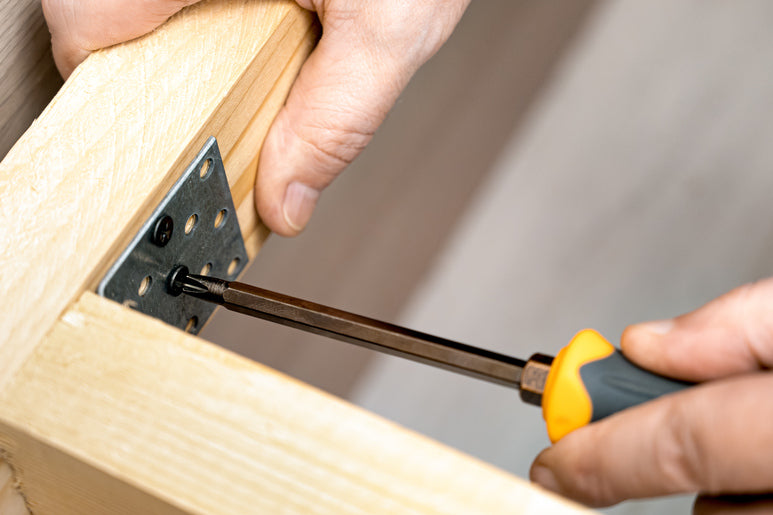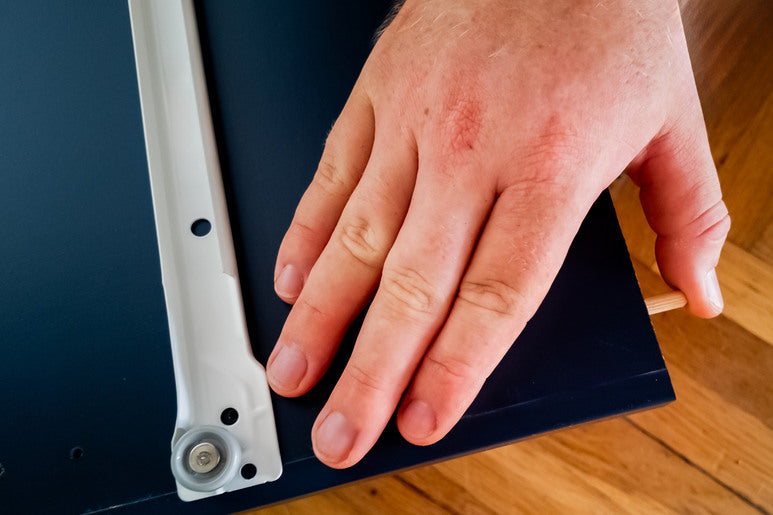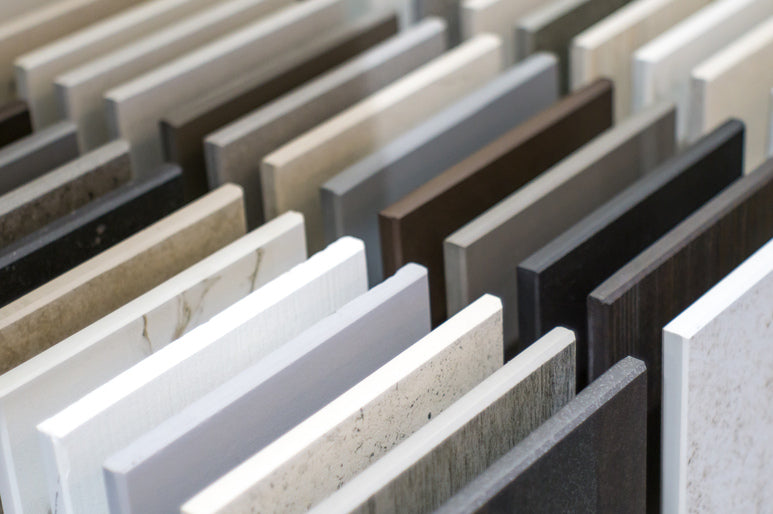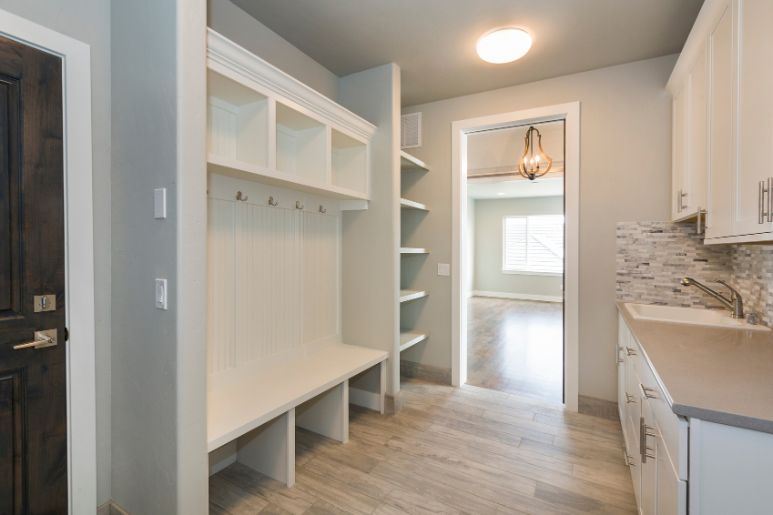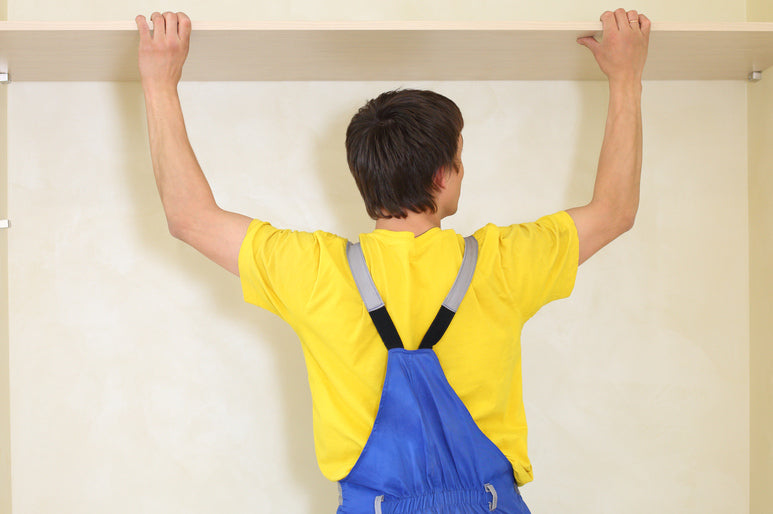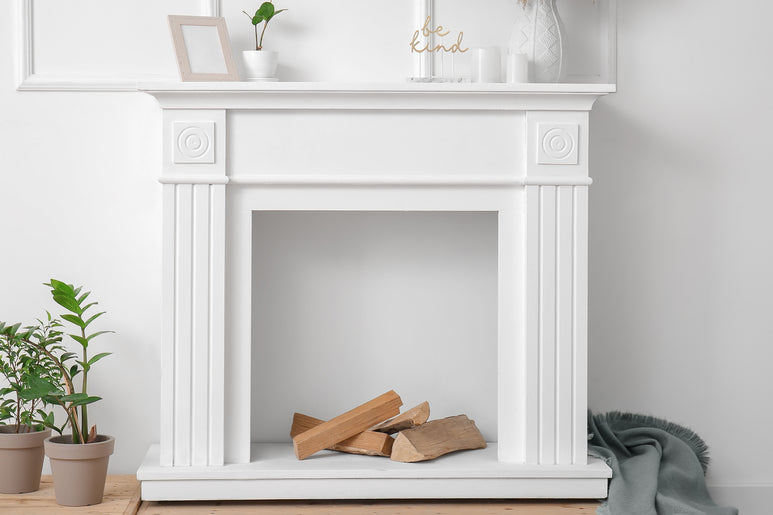
4 Tips To Protect Your Mantel From Heat Damage
Fireplace mantels are the focal points of many living rooms, bedrooms, and dining areas, adding warmth and character to the room. Although mantels are designed to safeguard artwork or TVs from excess heat, mantels themselves can get quite hot and sustain heat damage.
Homeowners should take proactive steps to protect their mantels from the high temperatures generated by the fireplace. In this article, we will explore four essential tips for keeping your mantel in top shape, ensuring it remains both beautiful and functional for years to come.
Adjust Mantel Height
One reason your fireplace mantel might be getting too hot is that it was installed at the wrong height. If your mantel is too close to the fireplace opening, the rising heat can easily damage it.
The National Fire Code requires any combustible materials above the firebox that hang by over 1.5 inches to be placed no closer than 6 inches on the sides and 12 inches from the top of the opening. For every 1/8 inch of protruding combustible material, there must be an additional inch of clearance.
By ensuring your mantel follows these guidelines, you can significantly reduce the risk of heat damage. As a precaution, you can always install a fireplace mantel above the minimum clearance height for extra peace of mind.
Clean Your Fireplace Regularly
A clean fireplace is not only safer but also essential for protecting your mantel. Soot and creosote build-up can contribute to excessive heat and increase the risk of fire damage. Regular cleaning ensures that your fireplace operates efficiently and reduces the amount of heat that reaches your mantel. This maintenance step can go a long way in preserving both your fireplace and mantel.
Install a Fireplace Hood
Another effective method to protect your mantel is to install a fireplace hood. This device helps deflect heat away from the mantel, ensuring it stays cool and undamaged. Fireplace hoods are available in various styles and finishes, allowing you to choose one that complements your existing decor. By installing a fireplace hood, you can enjoy the warmth of your fireplace without worrying about heat damage to your mantel.
Use Non-Combustible Insulation
In addition to protecting your mantel from the outside, you also need to consider insulation within the fireplace. Using non-combustible insulation around the fireplace opening and chimney can help reduce heat transfer and keep your mantel safe. Fireplace insulation can also help with your home’s energy efficiency and decrease combustion risks. Consult a professional for recommendations on suitable materials depending on your fireplace design and location.
By following these tips, you can protect your mantel from heat damage while still enjoying the warmth and ambiance of a roaring fire. For more information about fireplace mantel installations, make sure to keep up with Right On Bracket’s blog. Browse our product selection of open shelving brackets and fireplace mantel brackets with heavy-duty weight capacity.

